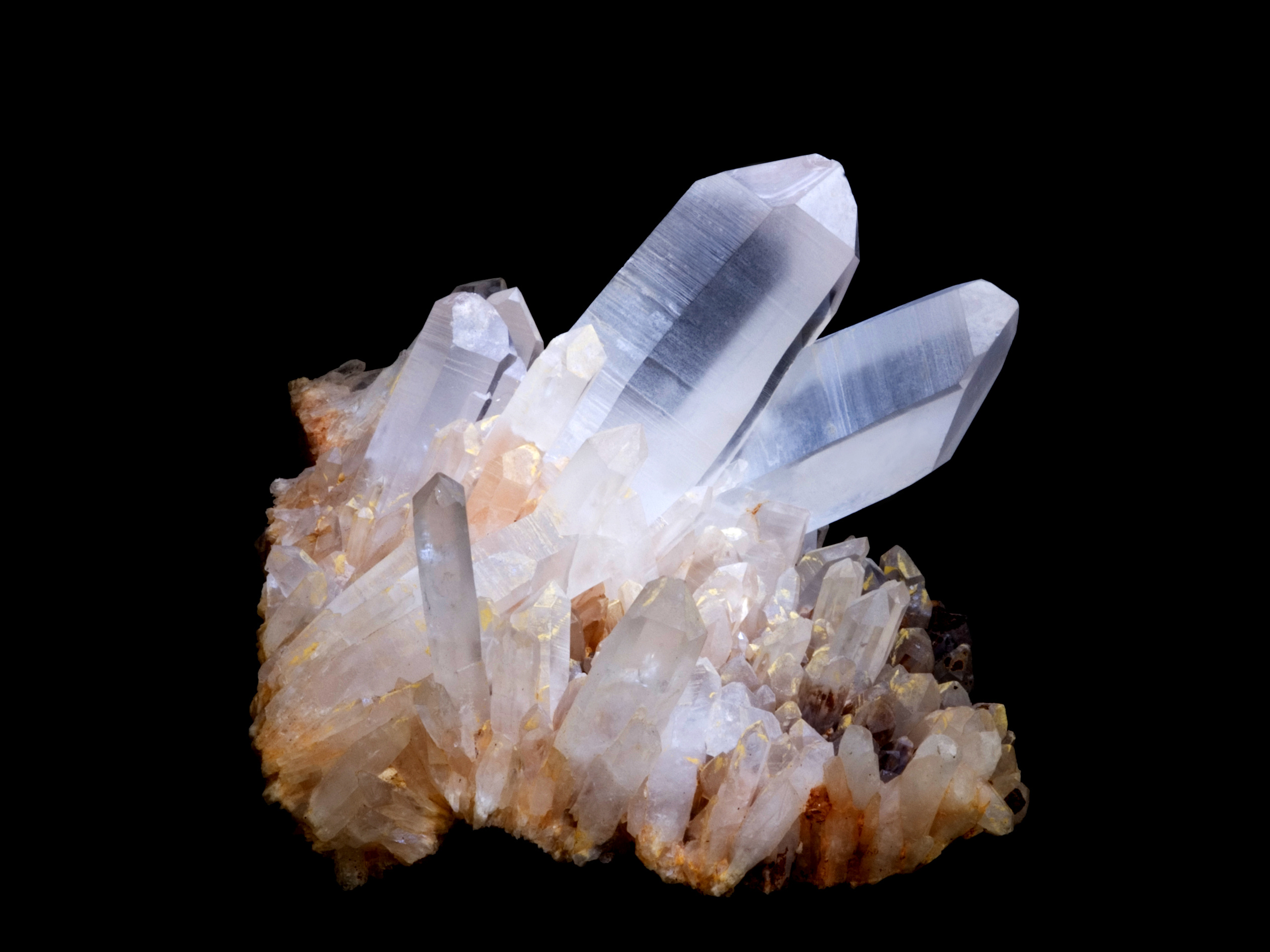Welcome to Facts Vibes! Today, we dive into the fascinating world of quartz. Discover interesting facts about this mesmerizing mineral, from its unique composition to its diverse uses. Let’s unravel the mysteries and marvel at the wonders of quartz together. Stay tuned for an enlightening journey!
Unveiling the Wonders of Quartz: Fascinating Facts to Know
Quartz is a mesmerizing mineral that has captivated humans for centuries. Unveiling the Wonders of Quartz reveals its stunning properties and the amazing role it plays in various industries.
One of the most fascinating facts about quartz is its incredible durability. This mineral ranks high on the Mohs scale of hardness, making it a popular choice for jewelry and industrial applications. Additionally, its remarkable resilience makes it an ideal material for countertops and other surfaces that endure heavy use.
Another intriguing aspect of quartz is its widespread presence in nature. From the sands of beaches to the depths of the Earth’s crust, quartz can be found in a myriad of environments. Its abundance and versatility have made it a sought-after resource for countless civilizations throughout history.
Furthermore, the unique crystalline structure of quartz gives it impressive electrical properties, leading to its use in modern technology such as electronics and telecommunications.
In conclusion, exploring the world of quartz offers a glimpse into the remarkable wonders of the natural world and the significant impact this mineral has on our daily lives.
Most popular facts
Quartz is the second most abundant mineral in the Earth’s continental crust.
Quartz is the second most abundant mineral in the Earth’s continental crust.
It has a unique crystal structure consisting of silicon and oxygen atoms.
Silicon dioxide has a unique crystal structure consisting of silicon and oxygen atoms.
Quartz is used in electronics due to its piezoelectric properties.
Quartz is used in electronics due to its piezoelectric properties.
The mineral is highly resistant to chemical weathering and has a long lifespan in the Earth’s crust.
The mineral is highly resistant to chemical weathering and has a long lifespan in the Earth’s crust.
Ancient civilizations believed quartz to have mystical and healing properties.
Ancient civilizations believed quartz to have mystical and healing properties.
Certain types of quartz, such as amethyst and citrine, are valued as gemstones.
Amethyst and citrine are valued as gemstones.
Quartz is a key component in the production of glass and ceramics.
Quartz is a key component in the production of glass and ceramics.
It is a major raw material in the production of silicon for semiconductors and solar panels.
Silicon is a major raw material in the production of silicon for semiconductors and solar panels.
Quartz can be found in a wide range of colors, including pink, purple, and smoky grey.
Quartz can be found in a wide range of colors, including pink, purple, and smoky grey.
The mineral is often used in the construction industry as a component of concrete and roofing materials.
The mineral is often used in the construction industry as a component of concrete and roofing materials.
Quartz has a hardness of 7 on the Mohs scale, making it a durable material for various applications.
Quartz has a hardness of 7 on the Mohs scale, making it a durable material for various applications.
It forms in a variety of environments, from igneous and metamorphic rocks to hydrothermal veins.
Mineral formation occurs in a variety of environments, from igneous and metamorphic rocks to hydrothermal veins.
Quartz is essential in the formation of many types of sedimentary rocks.
Quartz is essential in the formation of many types of sedimentary rocks.
It is commonly used in watches and clocks due to its ability to maintain a precise frequency.
Quartz is commonly used in watches and clocks due to its ability to maintain a precise frequency.
The word “quartz” is derived from the German word “quarz,” which likely originated from Slavic or other European languages.
The word “quartz” is derived from the German word “quarz,” which likely originated from Slavic or other European languages.
In conclusion, quartz is a fascinating mineral with a wide range of applications and properties. Its abundance in the Earth’s crust and its unique physical and chemical characteristics make it a valuable material in various industries. From its use in technology to its role in ancient cultures, quartz continues to captivate our imagination and be an essential part of our world. Whether in the form of jewelry, electronic devices, or geological formations, the enduring allure of quartz serves as a reminder of the natural wonders that surround us.
